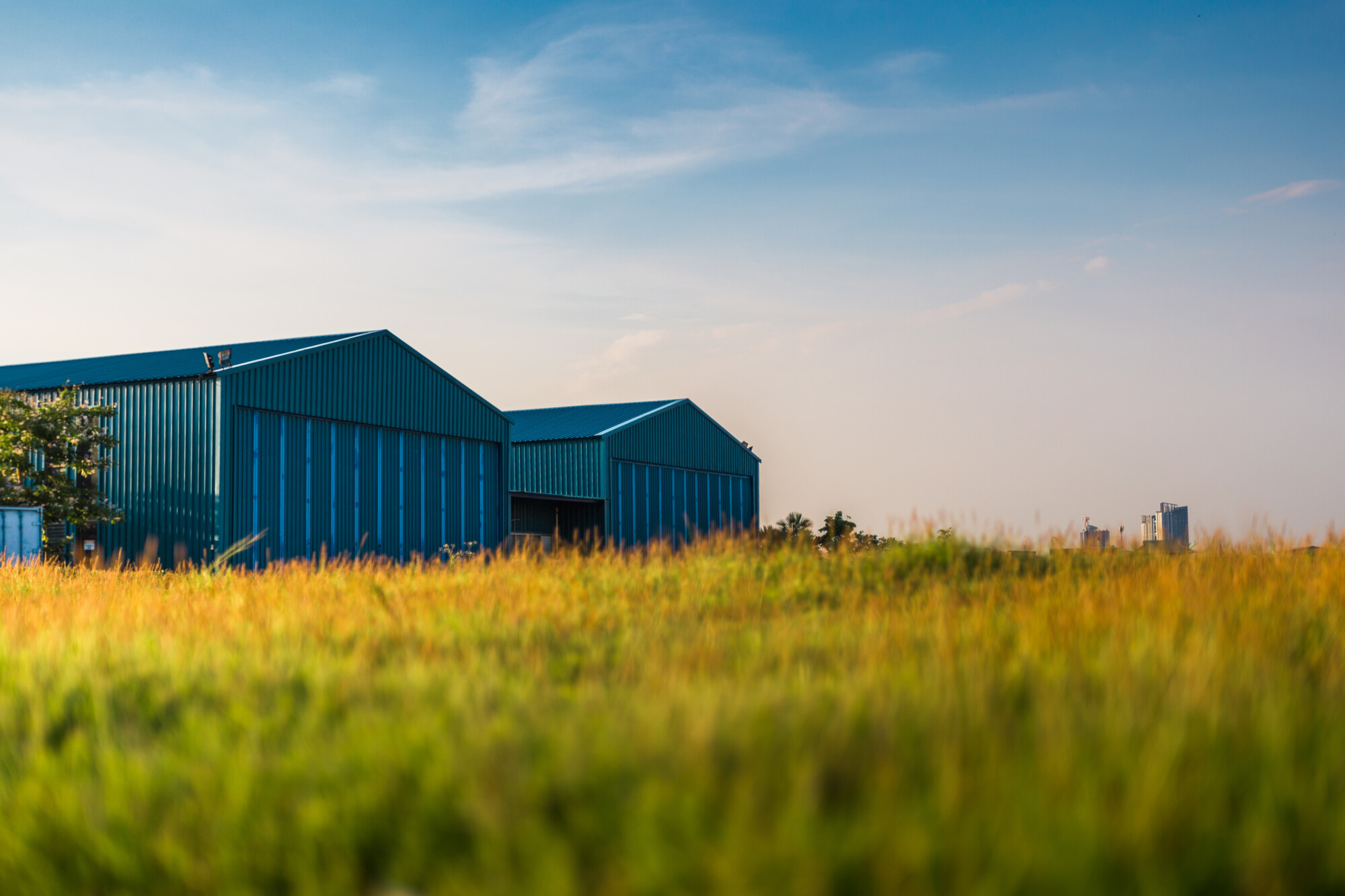Updated development rights could help farmers diversify
28th May 2021
The government has revealed plans to update permitted development rights. A move which could help farmers implement diversification on their land.
The government has agreed a new Class MA right to allow for the change of use from commercial, business use and service use (Class E) to residential use (Class C3) without requiring a full planning application.
The idea behind having a new wider Class E designation was to allow buildings, particularly in high streets, to be used more flexibly, without needing to seek planning permission
Alice Robinson, senior associate director in the Stamford office of Strutt & Parker commented; “These changes add to the plethora of changes to permitted development rights that have been introduced in recent times with a view to easing the planning burden for property owners with buildings that may well be better suited to other uses – a number of which are now becoming a well-established route to successful projects,
“The new Class MA rights will take effect from the 1st August 2021, with existing arrangements for the change of use from offices and retail to residential applying until then.” Ms Robinson said the new Class MA rights could open up new opportunities for some farmers and landowners.
Diversification has become a necessary part of modern farming. But lengthy and complicated planning permission requests can put farmers off, or effect their plans.
The new changes could have benefits across society. Housing in the UK is both limited and too expensive for the average income. Allowing Farmers more freedom to convert old buildings could help ease the UK Housing crisis. Whilst also allowing the farmers to release the capital tied up in old and unused infrastructure.
The change should also be welcomed due to the lessened environmental impact of converting existing buildings, over constructing from new.
Class MA rights in detail
The Class MA right will be subject to the prior approval by the local planning authority in respect to a number of matters such as transport impacts of the development, impact on the character and sustainability of a conservation area and the provision of adequate natural light in all habitable rooms of the dwelling houses.
Unlike other permitted development for residential use, these new rights apply to buildings in conservation areas.
Development must be completed within a period of three years starting with the prior approval date.
It should be noted that not all commercial activities fall within Class E, for example, B2 (general industrial) and B8 (storage and distribution) use classes remain unchanged and therefore will be excluded from Class MA permitted development rights.

